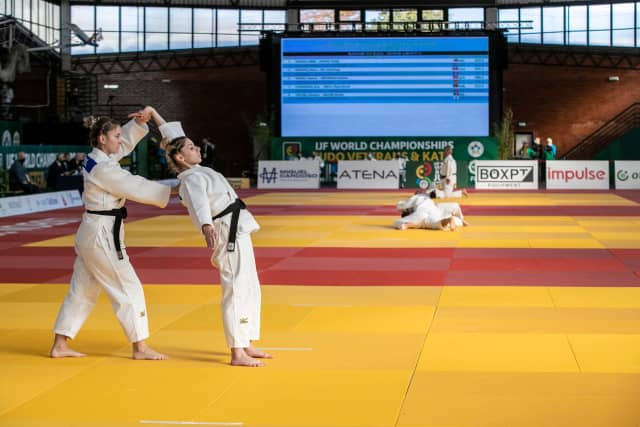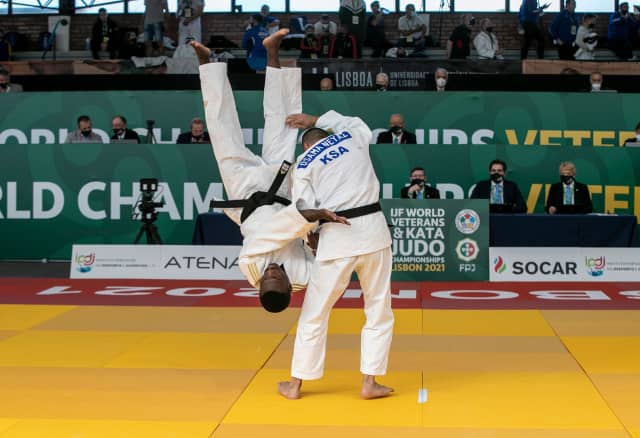Kata literally means "form". It is practiced according to a pre-established system of codified exercises, while randori, which means “free practice”, is practiced freely. The goal of kata is therefore to learn the fundamentals of techniques.
During the World Kata Championships, as currently held in Lisbon, Portugal, the athletes entered can perform in 5 kata (Nage-no-kata, Katame-no-kata, Ju-no-kata, Kime-no-kata, Kodokan- Goshin-jutsu), two of which (Nage-no-kata and and katame-no-kata) are also accessible for the first time to junior competitors aged under 23.
Nage-no-Kata (Forms of throwing)
Three representative techniques are chosen from each of five Nage-waza: Te-waza, Koshi-waza, Ashi-waza, Ma-sutemi-waza and Yoko-sutemi-waza.
Katame-no-Kata (Forms of Grappling or Holding)
Five model techniques are chosen from each of three Katame-waza: Osaekomi-waza, Shime-waza and Kansetsu-waza.
Kime-no-Kata (Forms of Decisive techniques)
This is to learn the techniques for serious combative fight. It consists of the techniques in a kneeling position (Idori, 8 techniques) and in a standing position (Tachiai, 12 techniques).
Kodokan-Goshin-jutsu (Forms of Kodokan Self-Defense)
This consists of an "Unarmed section" and a "Weapons section". The "Unarmed section" consists of twelve techniques while the "Weapons section" consists of nine techniques.
Ju-no-Kata (Forms of Gentleness & Flexibility)
This is an expressive, gymnastic composition of the methods of attack and defense in a series of slow and moderate actions. It consists of three components, Dai-ikkyo (Set 1), Dai-nikyo (Set 2) and Dai-sankyo (Set 3), each of them has five techniques.
Based on the Kodokan nomenclature there are also:
Itsutsu-no-Kata (Forms of "Five")
These forms express the mechanism of attack and defense in an elevated way. It consists of five sequences of movements that artistically express the power of nature.
Koshiki-no-Kata (Forms of Classics)
Kano Shihan highly evaluated the forms of Kito-ryu Jujutsu as they represent the essence of attack and defense. Therefore, he left the forms as Kodokan Koshiki-no-Kata, with little changes. It consists of 14 Omote (front) techniques and 7 Ura (back) techniques.
Seiryoku-Zenyo-Kokumin-Taiiku (Forms of Maximum- Efficiency National physical education)
It contains both aspects of physical education and martial arts and has forms of attack and defense. It consists of 8 movements of Tandoku-renshu (Solo practice) and 9 movements of Sotai-renshu (Duo practice).
Recently the International Judo Federation together with the Kodokan and the French Judo Federation developed a kata for children: Kodomo-no-Kata (CLICK HERE)




